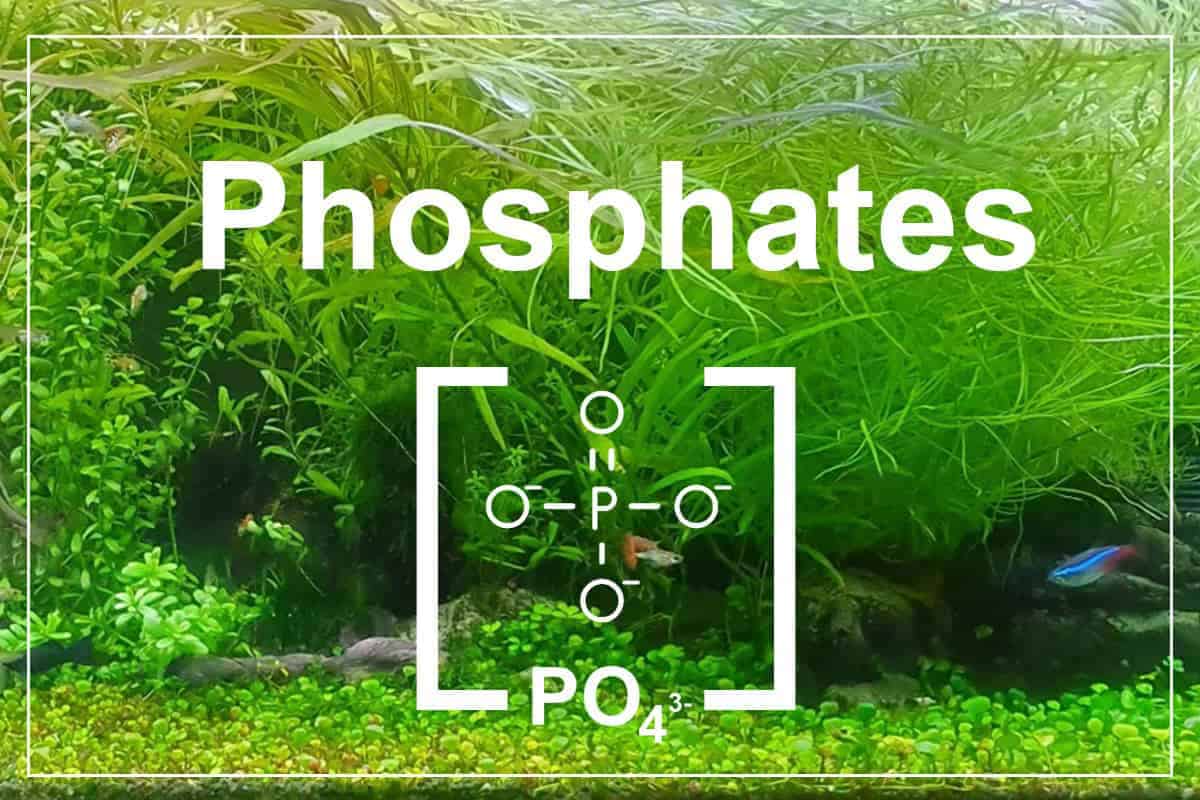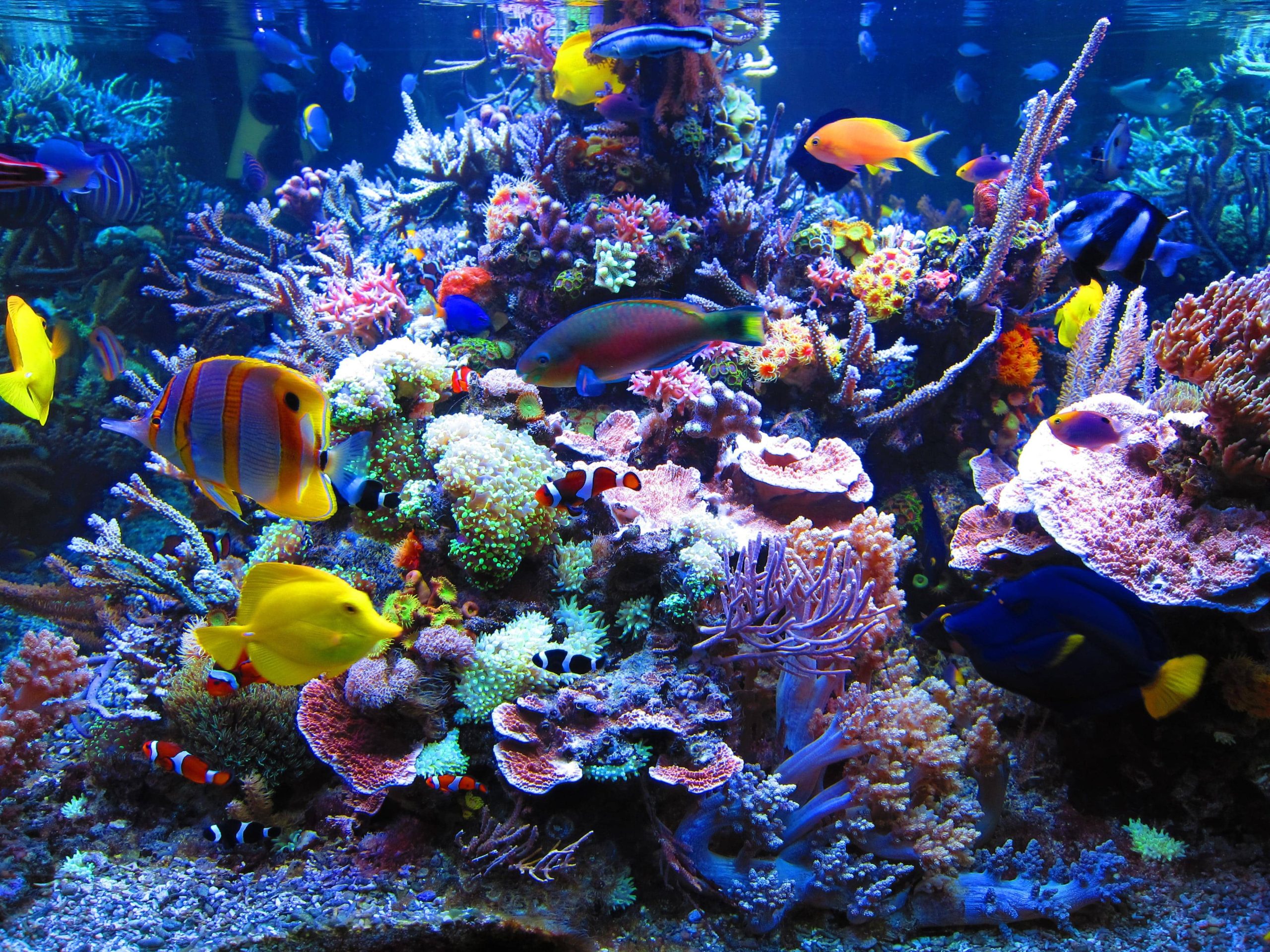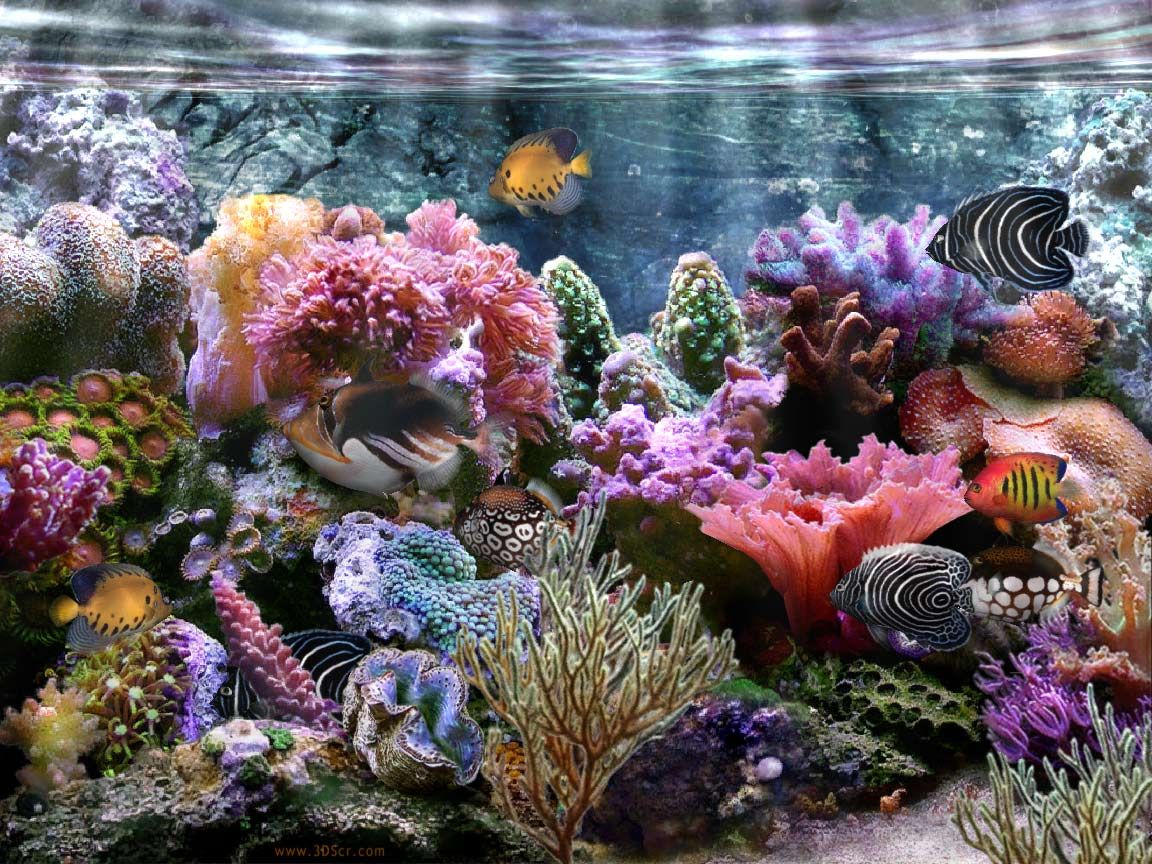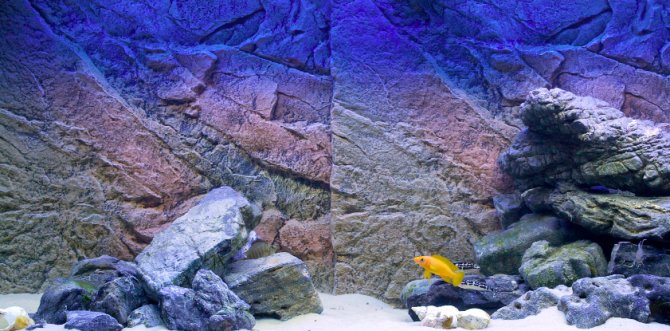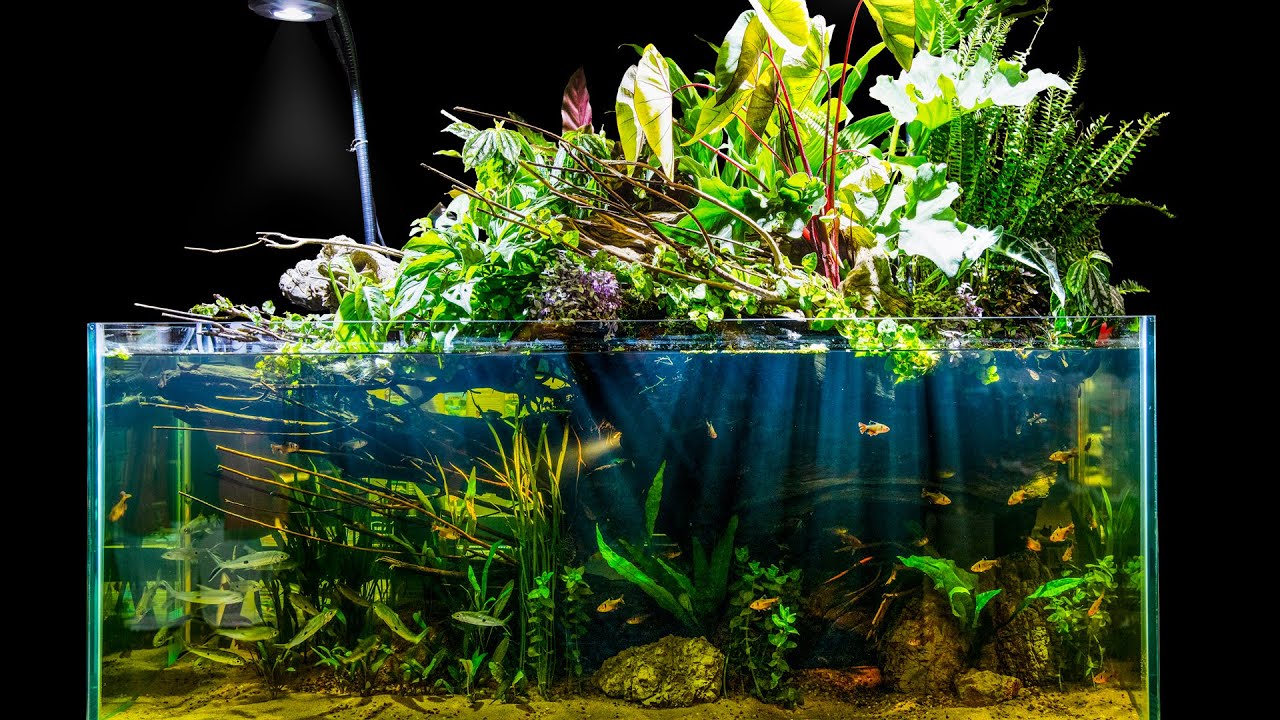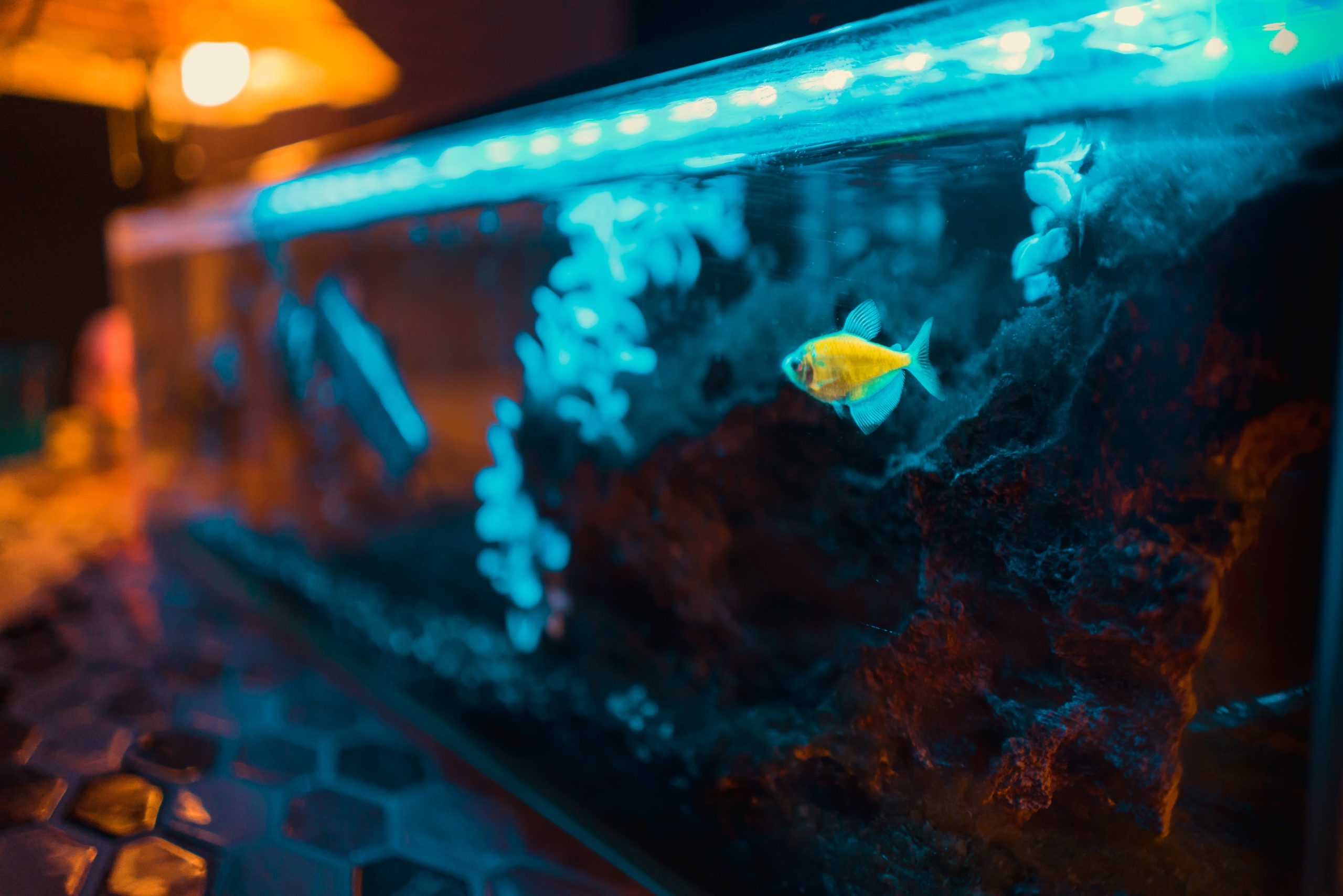Phosphate (PO4−3) is one of the natural forms of phosphorus. Almost all of the phosphate in the aquarium consists of organic phosphate. Organic phosphate cannot be used by plants. To be used by plants, it must be broken down by bacteria. Inorganic phosphate can be used directly by plants. However, it is very important to have a balanced ratio of phosphate in the aquarium water.
Because phosphate deficiency in the aquarium can cause the growth of plants to slow down. With the slowing of the growth of the plants, nitrogen and other nutrients will be the food source for the algae and the algae problem will occur. Phosphate excess in the aquarium can also cause algae bloom, just like phosphate deficiency. As a result, the oxygen level in the aquarium drops, the water turns green and creates an unfavorable environment for the health of the aquarium inhabitants.
What is the Ideal Phosphate Value for Fresh and Saltwater Aquariums?
There are many factors that affect the health of aquarium living creatures. One of these factors is the phosphate value. Although aquarium owners are not aware of it, there is a certain amount of phosphate in every aquarium. If aquarium care is not done properly, phosphate values increase over time. Continuous increase in phosphate values contributes to algae growth, as we mentioned before. Although high phosphate does not harm fish directly, algae will become a problem for fish over time. Algae will consume oxygen in the aquarium, which will cause many problems such as stress in the fish. For this reason, it is useful to obtain information about the phosphate sources in the aquarium and to measure phosphate periodically with the phosphate test.
Phosphate, an important plant nutrient, is found in small amounts in natural waters. In this sense, saltwater aquarium phosphate value should be 0.07 mg/liter, and for freshwater aquarium, phosphate value should be 0.04 mg / L. If the test results are 1.0 ppm (mg / L) or higher, this means a favorable environment for algae growth. Algae growth in the aquarium not only harms fish, it also negatively affects corals. It damages the natural color pigments of corals and causes them to brown. It also restricts the calcium carbonate intake required for their skeletons to grow.
As mentioned above, phosphate takes place in the aquarium in organic and inorganic forms. Only inorganic phosphate can be tested with aquarium test kits. Therefore, it should be kept in mind that only a part of it is tested while performing phosphate test. Also, test kits do not always give the same consistency. The method of application and the person applying the test are also very important in this case. Accordingly, the instructions regarding the application of the aquarium phosphate test should be read very well. Otherwise some mistakes can be made. Mistakes to be made will also cause wrong results.
What are the Phosphate Sources in the Aquarium?
Phosphate values naturally increase when the waste in the aquarium is not cleaned. One of the important factors that cause the increase in phosphate is the extra fish food added to the aquarium. If the fish food that is not consumed by the fish and is not removed from the aquarium in a short time, it releases phosphate into the water. Therefore, the phosphate value in the aquarium also increases. Likewise, fish waste is a condition that contributes to phosphate increase in aquarium water. Because fish excrement contains a lot of organic matter and even undigested fish food. As these break down, they can release phosphate into the aquarium.
The most important factor that causes phosphate increase in aquarium water is adding tap water to the aquarium. Tap water usually contains a significant amount of dissolved organic matter. One of these organic substances is phosphate. The factors that are effective in increasing the phosphate values in the aquarium are not limited to these. Carbon filter media, aquarium salts, and rotting algae can also cause phosphate to build up.
The amount of phosphate in the water may increase due to excessive use of fish feed or rotten plants. Due to the increased phosphate, the amount of algae in the aquarium increases. Therefore, it may be necessary to measure with a phosphate test and use phosphate removers if necessary. You can also achieve the necessary balance by regularly changing the water or using a good quality aquarium carbon filter.
How to Control Phosphate?
Dissolved organic phosphate easily accumulates in aquarium water. There are some precautions that can be taken to prevent it from rising to a level that will harm aquarium creatures. These measures can be listed as follows:
Reducing the Frequency and Amount of Feeding
In order to keep the phosphate values under control in the aquarium, attention should be paid to the frequency and amount of feeding. Because the most important source of high phosphate is flake and pellet fish feed. In this direction, it is sufficient to give enough feed to adult fish once a day as they can consume in a short time. In addition, if there is any food that has not been consumed in the water, it should be removed immediately.
Regular Water Change
Frequent water changes will help control the phosphate in the aquarium water. A water change of 10% to 15% should be made once a week using a low phosphate water source. However, it is necessary to be very careful if tap water is used during aquarium water change. Because tap water usually contains high levels of phosphate. In this direction, different water resources should be sought if necessary.
You may also be interested in our article about How to Change Fish Tank (Aquarium) Water? Water Change Frequency.
Changing Feed
Phosphate is used as a preservative in fish feed. However, phosphate ratios are not the same in every fish meal. In order to keep the phosphate in the aquarium under control, fish foods with low phosphate levels should be selected. If a phosphate-containing fish meal is used, it must be used in small amounts.
Choosing the Right Filter
A carbon filter can be a good choice for the aquarium. However, it can add phosphate to water. Some aquarium carbon filter types are designed in such a way that they do not leak phosphate into the water. It is necessary to be careful when choosing accordingly.
Aquarium Care
Keeping the aquarium free of dirt and algae is very important to keep the phosphate level in balance. In this sense, residual food, dead fish, and rotting plants in the aquarium water should be cleaned regularly. Again, the aquarium glass should be cleaned, rocks and other accessories should be removed and rubbed thoroughly.
You may also be interested in our article about How to Clean The Fish Tank?
Filter Cleaning
Keeping the filter clean is as important as choosing the filter for the aquarium. Make sure that the filter is always clean and free of dirt. Otherwise, uncleaned residues will prevent the filter from working effectively. This means that the aquarium water is not cleaned sufficiently and therefore the phosphate level increases.
Using Phosphate Remover
Phosphate removal filter materials can also be used to reduce phosphate values in the aquarium. Phosphate removers that bind phosphate thanks to its iron components; reduce algae growth in freshwater, saltwater, and planted aquariums, help to obtain crystal clear water, and reduce bad odors in the aquarium. Phosphate removers, which are placed on the top layer of aquarium filters under fiber or sponge filter materials, can be used safely as they do not contain any harmful substances.

